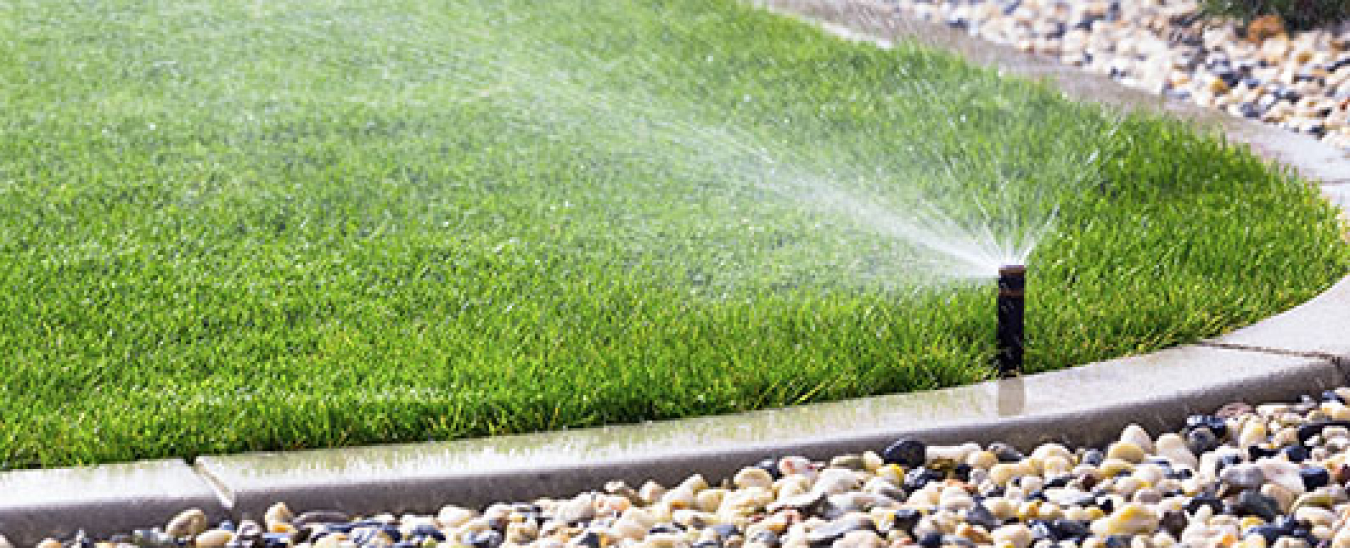Watering your lawn is essential for keeping it green and healthy. But how can you do it effectively? In this article, we will share the best practices for watering your lawn. These tips will help you save water and keep your lawn looking great.
Why Watering Your Lawn is Important
Watering your lawn helps it grow strong and healthy. Grass needs water to survive. Without enough water, your lawn can turn brown and dry. Proper watering can prevent this and keep your lawn lush and green.
When to Water Your Lawn
Water your lawn early in the morning or late in the evening. These times are best because the sun is not too hot. This helps prevent water from evaporating too quickly. Aim to water between 6 AM and 10 AM or after 4 PM.

Credit: m.youtube.com
How Much Water Does Your Lawn Need?
Most lawns need about 1 to 1.5 inches of water per week. This includes both rainwater and any additional watering you do. You can use a rain gauge to measure how much rain your lawn gets.
How to Measure Watering
Use a simple tool to measure water. Place an empty tuna can on your lawn while you water. When the can is full, you have watered about 1 inch. This helps ensure you are not overwatering or underwatering.
Watering Tips
- Water deeply and less often. This encourages deep root growth.
- Water early or late to reduce evaporation.
- Avoid watering during windy days to prevent water loss.
- Use a sprinkler system for even water distribution.
- Adjust your watering schedule based on weather conditions.
Signs Your Lawn Needs Water
Look for these signs to know if your lawn needs water:
- Grass blades are turning brown.
- Grass does not bounce back when you walk on it.
- The soil feels dry to touch.
Types of Sprinklers
Choosing the right sprinkler can make a big difference. Here are some common types:
| Type of Sprinkler | Description |
|---|---|
| Oscillating Sprinklers | Move back and forth to cover a rectangular area. |
| Rotary Sprinklers | Spin in a circle to cover a large area. |
| Fixed Sprinklers | Stay in one place and cover a small area. |
| In-ground Sprinklers | Installed in the ground and pop up when in use. |
Watering Different Types of Grass
Different types of grass have different water needs. Here are some examples:
- Cool-Season Grasses: Need more water during hot summer months.
- Warm-Season Grasses: Need less water and are more drought-tolerant.
Knowing your grass type can help you water it correctly.
Soil Types and Watering
Soil type affects how much water your lawn needs. Here are the main types:
- Clay Soil: Holds water well but drains slowly. Water less often but more deeply.
- Sandy Soil: Drains quickly. Water more often but in smaller amounts.
- Loamy Soil: Ideal for lawns. Holds water well and drains properly. Water as needed.
Using Mulch to Retain Moisture
Mulch can help retain moisture in your lawn. It reduces evaporation and keeps the soil cool. Spread a thin layer of mulch around your lawn to help retain water.
Common Watering Mistakes
Avoid these common mistakes when watering your lawn:
- Overwatering: Can lead to shallow roots and fungus growth.
- Underwatering: Can cause your lawn to turn brown and dry.
- Watering at the wrong time: Can cause water to evaporate quickly.

Credit: www.energy.gov
Watering During Drought
Watering during a drought can be challenging. Here are some tips:
- Water early in the morning.
- Use a soaker hose to reduce evaporation.
- Focus on the most important areas first.
- Let your lawn go dormant if necessary. It will recover when the drought ends.
Frequently Asked Questions
How Often Should I Water My Lawn?
Water your lawn 2-3 times per week for optimal growth.
When Is The Best Time To Water?
Early morning is the best time to water your lawn.
How Much Water Does A Lawn Need?
Lawns generally need about 1 inch of water per week.
Can I Overwater My Lawn?
Yes, overwatering can lead to fungal growth and root problems.
Conclusion
Watering your lawn effectively is crucial for its health. By following these best practices, you can keep your lawn green and lush. Remember to water deeply and less often. Use the right tools and adjust your watering schedule based on the weather. With these tips, your lawn will thrive.
